Konkani Matrimony
by iMarriagesmatrimony site for Konkani speakers.
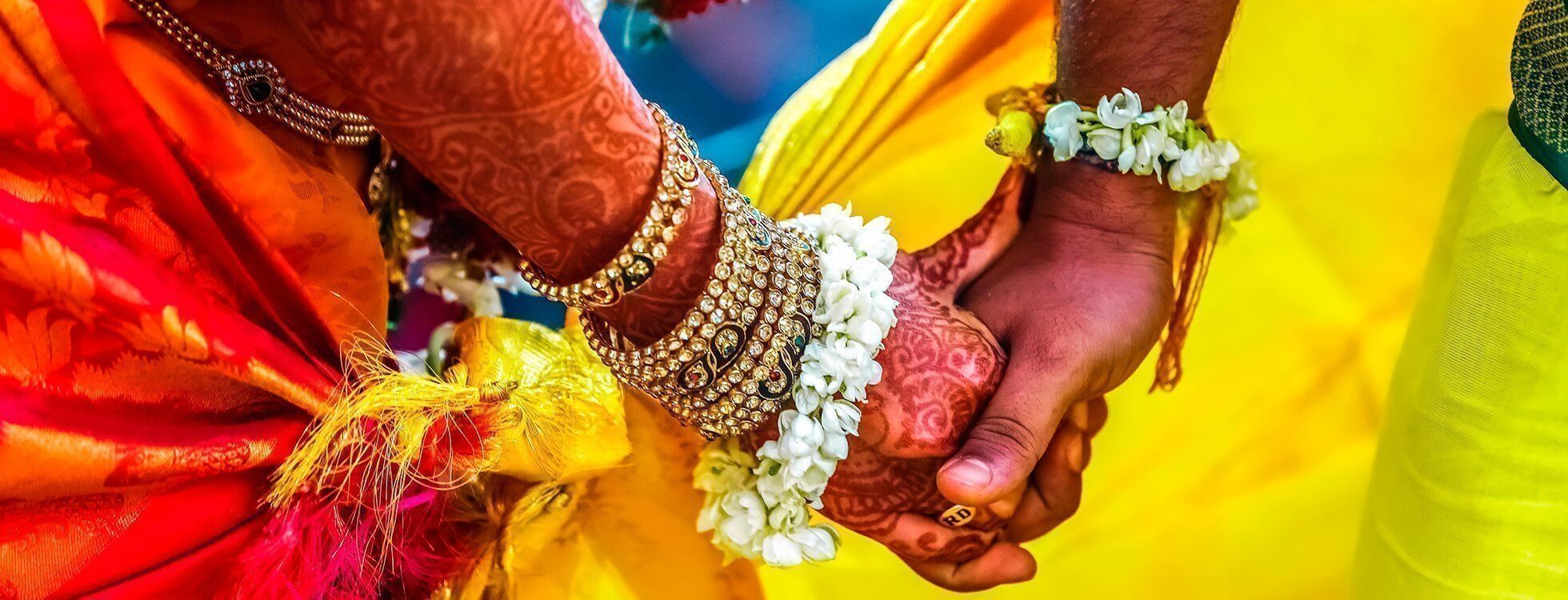

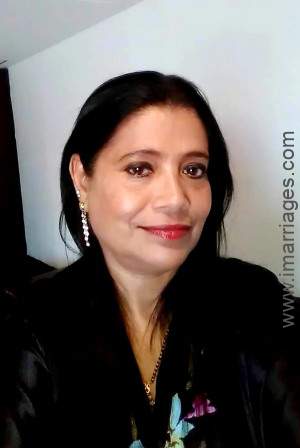
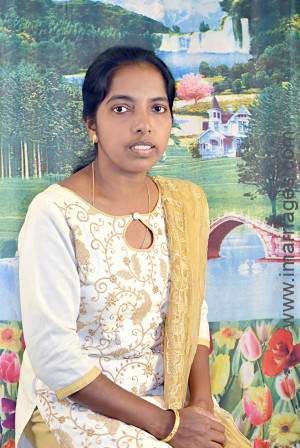

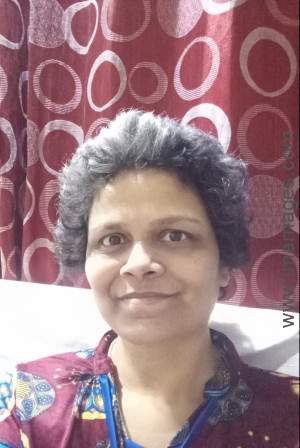
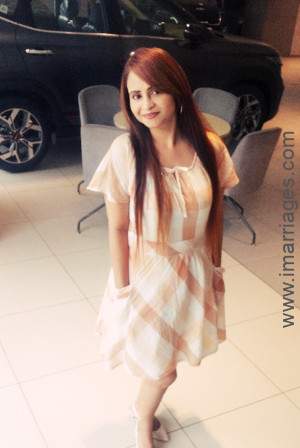
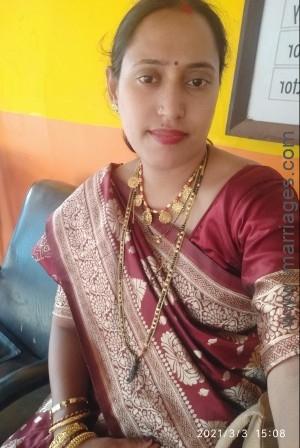
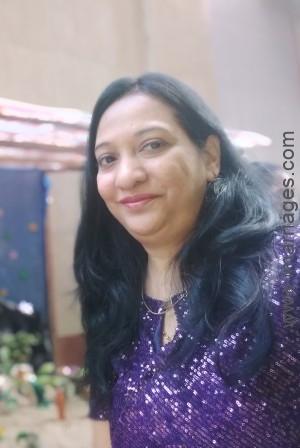
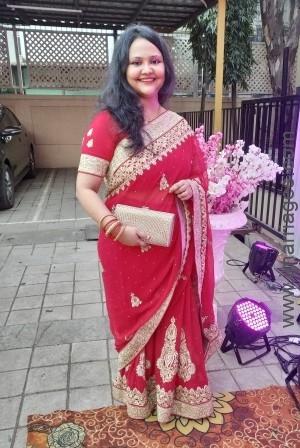
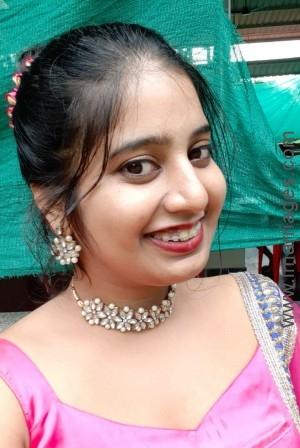
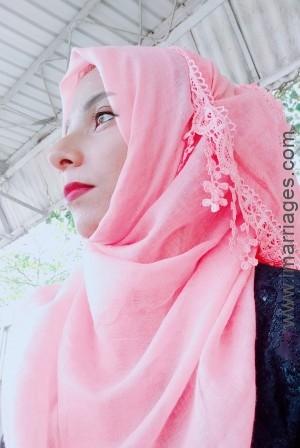
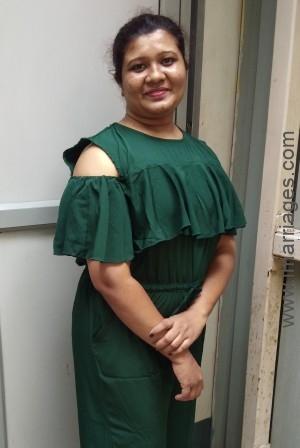
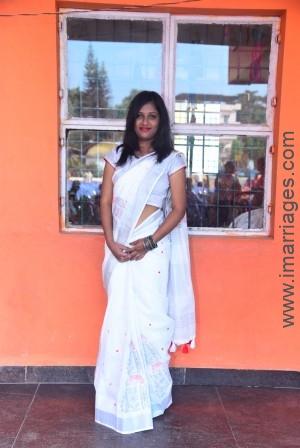
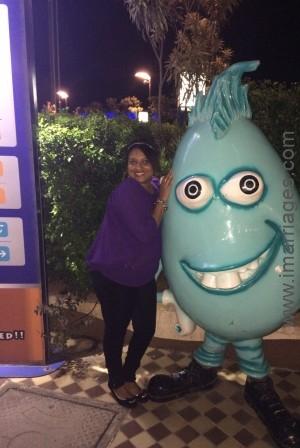
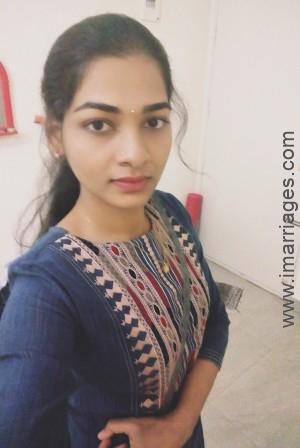
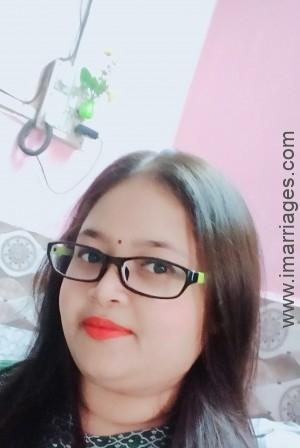
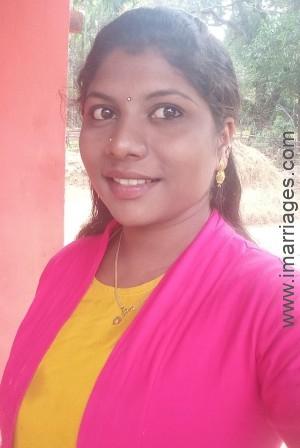

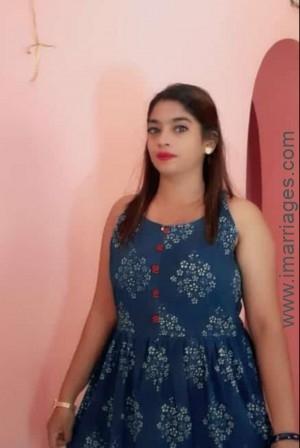
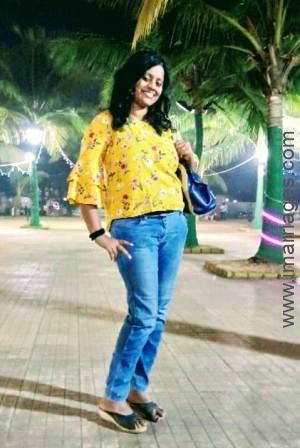

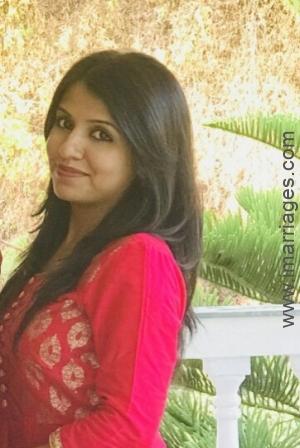
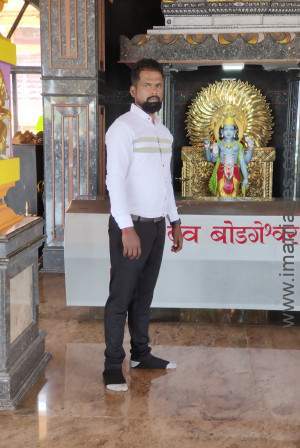

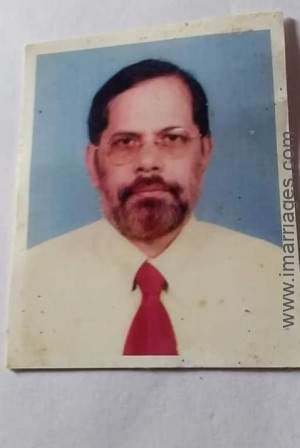
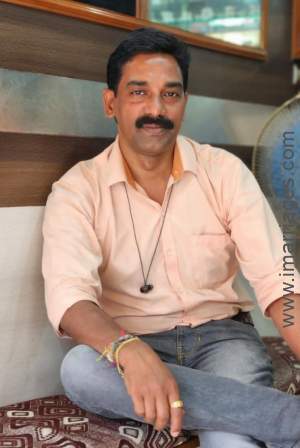
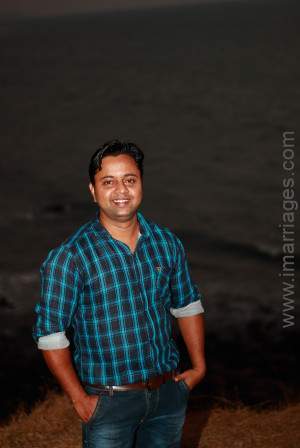
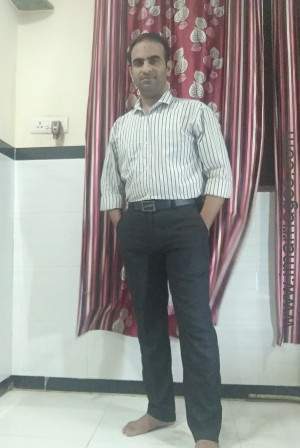

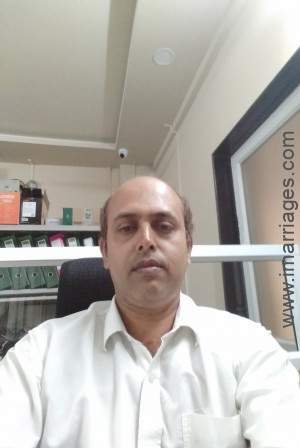
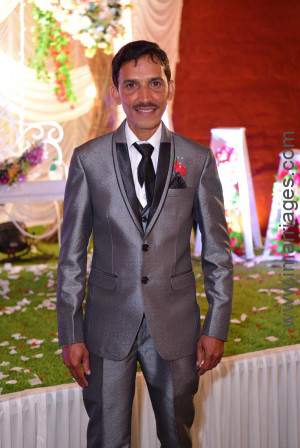

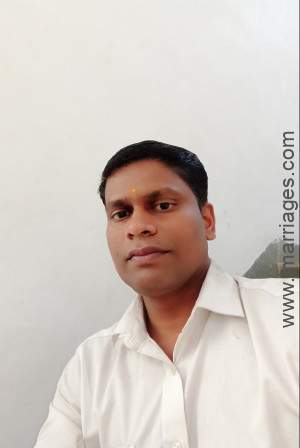
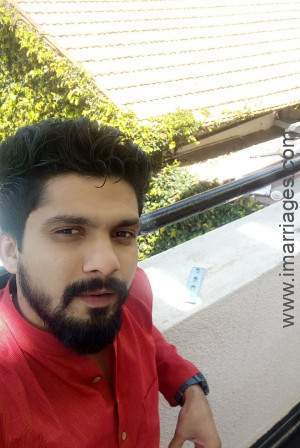


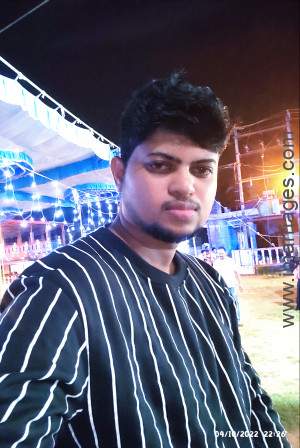
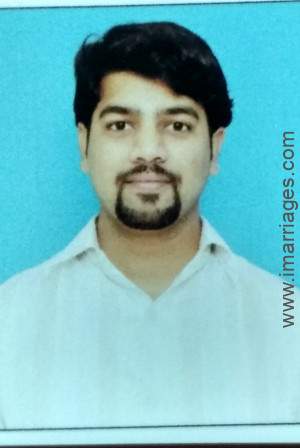
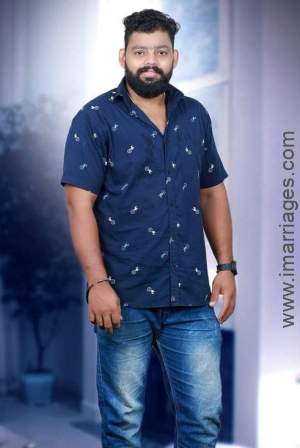
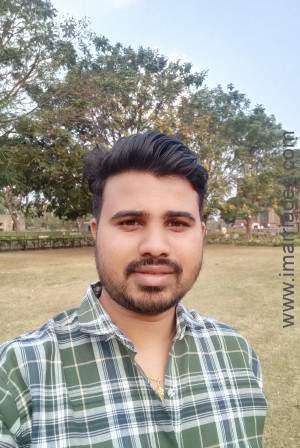
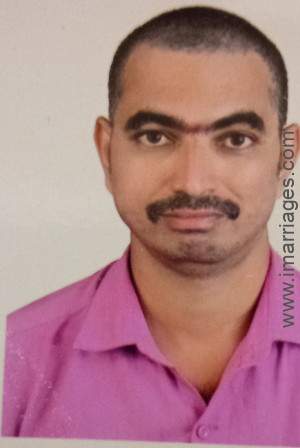
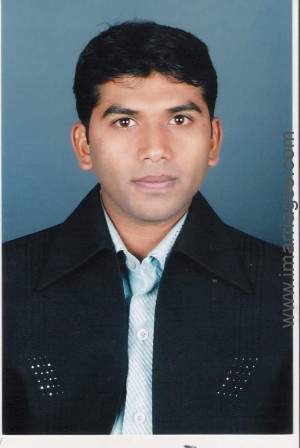

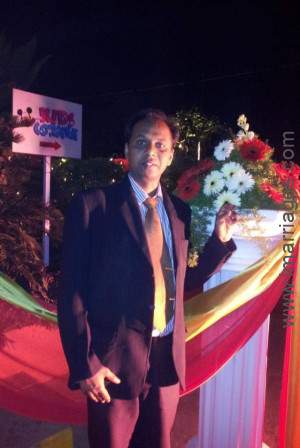

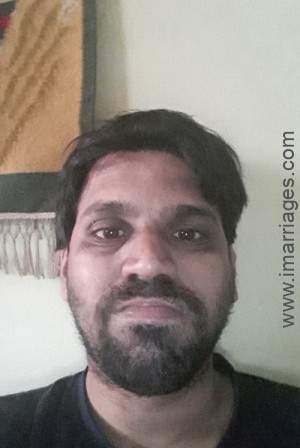

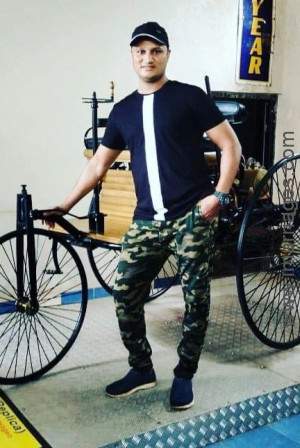
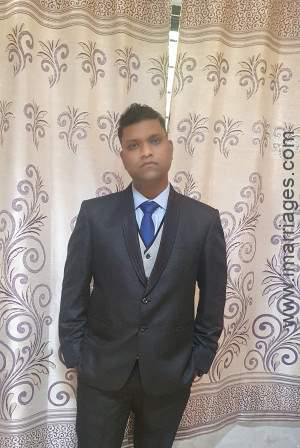
Welcome to Konkani Matrimony by iMarriages, a free matrimony portal for Konkani speakers with profiles in Goa and elsewhere.
The first known writer of the Konkani language was Shamaraja. He was born in the 15th century and was a devotee of Lord Krishna. Much of Kokani's historical literature was unfortunately destroyed during the Goa Inquisition. Today, Kokani is one of the scheduled languages of India and is the official language of Goa.
Konkani people hail mainly from the southern part of the Maharashtra coast, Goa, and coastal Karnataka. They are not unified by any state boundary but by their mother tongue Konkani. Despite belonging to different states, they share their daily lifestyles and rituals. Music of Nadaswaram, traditional style wedding saree, decorations with mango leaves and jasmine makes Konkani matrimonial a really memorable experience. Various rituals of Konkani matrimonial is similar to those of Marathi and Kannada Matrimonial.
To know more about Konkani matrimonial let's discuss each pre-wedding, wedding and post-wedding ritual separately.
Pre-Wedding Rituals
Nischaya Tambula (Engagement) - Once marriage alliance is fixed between the families after matching of horoscope a formal engagement ceremony is organized. It marks an acceptance of groom as there son in law by the bride's parents. This ceremony is witnessed by the Priest, elders of the family, & friends. Exchanging of flowers, fruits, sweets, clothes & finger rings takes place between the two families. Unlike earlier, nowadays there is also an exchange of rings between the Boy & the girl.
Aamantran Patrika (Invitation) - After printing of wedding Invitation cards, a traditional pooja is organized for worshiping Kuladevata(family deity), following this the first wedding cards are presented at Lord Vishnu's feet, then given to groom's family followed by the elders of the bride's family.
Nandi - Nandi commences with Ganapati pooja, followed by Kuladevata pooja & mainly praying the ancestors. This series of pooja is performed to seek blessings from ancestors for uninterrupted marriage ceremony as well as for the prosperous life of the couple.The images of lord Ganesha and family diety are treated with Clothes, flowers, fruits, Coconuts & embedded in the house, which is further worshiped with flowers and aarati every day by the head of the family.
Offerings (Vadap) - After completion of Nandi pooja, the new jewels and clothes for the wedding are offered to Goddess Mahalakshmi to wave off the evil eyes from the objects.
Wedding Rituals
Edur Kansan - On the wedding day, the bride's brother along with his maternal uncle visits groom's house to invite the groom and his family to the wedding venue. Edur Kansan is a ritual where groom's party is recieved and welcomed at the entrance of wedding venue. The bride's and groom's sister will be holding a plate with the “Kalashakannadi” ( a brass metal pot with coconut fruit on its top) & their mother's with haladi kumkum & flowers. They apply haldi kum to each other and enters the hall.
Phool Muddi - Also named as Samantha. This ritual commences with bride's parents washing Groom's feet, followed by gifting him finger rings, Cloths, and other stuff. The Even bride is gifted by groom's parents, and both the groom as well as the bride are showered with blessings.
Ghatikaa Saipan - During this ritual bride's mother along with 4 other elder women, prays to the Holy Ganges and pour 5 pots of water to set in the ticking clock for the weeding Muhurth, in turn teaching the value of time to the bride.
Shibikaa Poojan - The groom is made to wear a head ornament named “Baasingh” after which he has to pray at Lord's feet for a smooth marriage ceremony. This is known as "shibhikapoojan". The wedding saree, ornaments & other stuff for the bride are kept for the pooja as well.
Mandap Poojan - The wedding mandap is supposed to be very auspicious where all the wedding ritual will going to be performed, thus the bride is made to worship all the pillars of the wedding mandap. She also invites the goddesses Nandini, Nalini & Uma to her marriage.
VarPooja - The groom is made to sit on “dharbe”, and offered Madhuparka (milk and honey). The groom is treated by his in-laws with auspicious stuff to worship his deity.
Arrival of Bride to the Mantap and Mangalaashatk - The bride is brought to the mandap by her maternal uncle. As she steps in a sheet of cloth is held between the groom and the bride this is known as Antarpat. The priest chants the mangalashatks and he pronounces Gotra (clan to which family belongs to) of both and groom along with names of their father's, grandfathers & great grandfathers.
Kanyadana - It's an emotional ritual which symbolizes giving away of their daughter to groom by bride's parents. While enchanting Vedic mantras the groom promises to take a great care of her.
Kankan Dharan - A thread bearing a turmeric piece is tied on the right wrist of both the bride & the groom. which is followed by Akshataaropan which includes praying for the marital happiness of the Lord. During this the bride & the groom shower the consecrated rice (Akshate) on each other's forehead
Mangalyadharan - Kasthali which is a necklace made from 12 coral's strung together with gold is tied around the bride's neck by the groom. This ritual takes place amidst of blessings from the elderly married women of both the families.
Vivah Havan - The holy fire is lit for the further proceedings in the rituals, followed by lajahoma,(offering puffed rice to the fire). Then the bride stands on a flat grindstone, symbolizing stability maintained by her in her wedded life where the maternal uncle's put a toe ring on the bride.
Sapta Padhi - Seven steps are taken by the couple togheter in the northern direction, witnessing the god & the goddesses, Priest, & relatives, while the Priest recites the appropriate mantras. These seven steps symbolizes the seven vows of marriage which are:
1. Nourishment
2. Strength
3. Prosperity
4. Family
5. Progeny
6. Health
7. Friendship and love
Shesharathi - An arti is performed by the elders of the family in honor of newlywed. They are showered with consecrated rice (Akshate). This is followed by feeding of banana to the couple.
Post Wedding Rituals
Vihar Ubbarche - The bride's elder maternal uncle & aunt lift the bride & groom, symbolizing them giving up the right on their niece.
Chautanann Gift and Baasingh Visarjan - The bride is gifted with saree for the regular wear. This is followed by removal of baasingh tied on hed of bride and groom.
Bride Draping the Lagnasaree - The Bride drapes the saree, gifted by the groom during the proceedings of the marriage. The husband ties a knot in his wife's saree along with some money to explain the values of savings.
Giving of Vhanti - Vhanti, the symbol of Sowbhagya, is a fortune to any married lady, and the bride seeks it for the first time in her life from her mother and then from her mother in law, which is taken along with her to her husband's house. Following this bride performs aatri of the groom.
Bidaai - On conclusion of all wedding rituals, the bride waves an emotional goodbye from her family and starts her journey to her new home.
Vadhu Graha Pravesha - At the entrance of the house, the couple is welcomed by the groom's mother. She waves away the evil Spirits with the holy colored water (the Okul).
Dwara Pooja - Before entering their house the Groom and Bride together perform the pooja to the dwara devatha.
Baglari Bosche - Assuring the well being of their dear brother, and starting a lovely relationship with their sister-in-law, the Groom's sisters demand gratitude from their dear brother.
Naming ceremony - Just like Marathi wedding the bride is also renamed in Konkani matrimonial by her Mother-in-law. She pronounces the syllable in her ears, thus a new name for a new life.